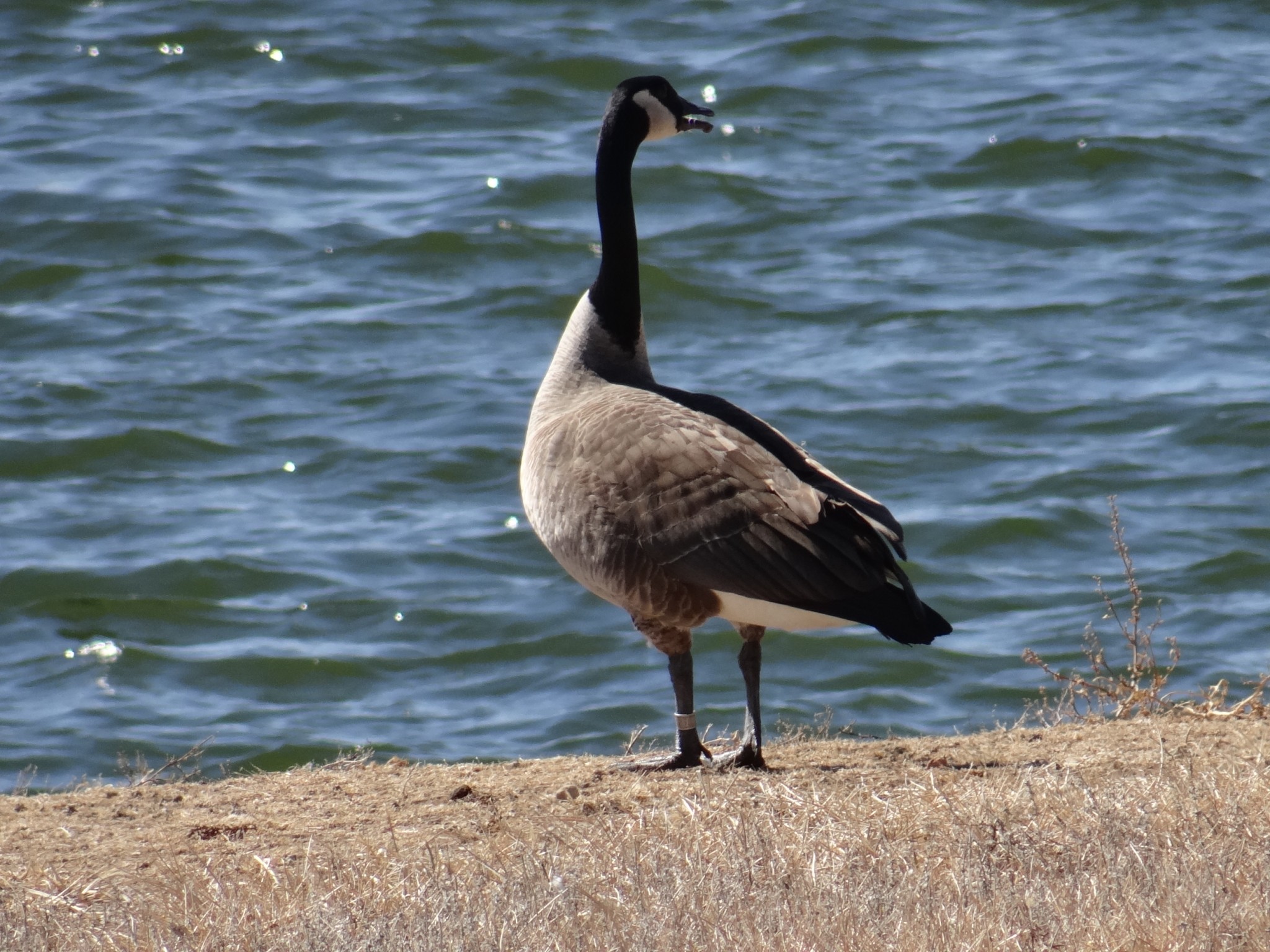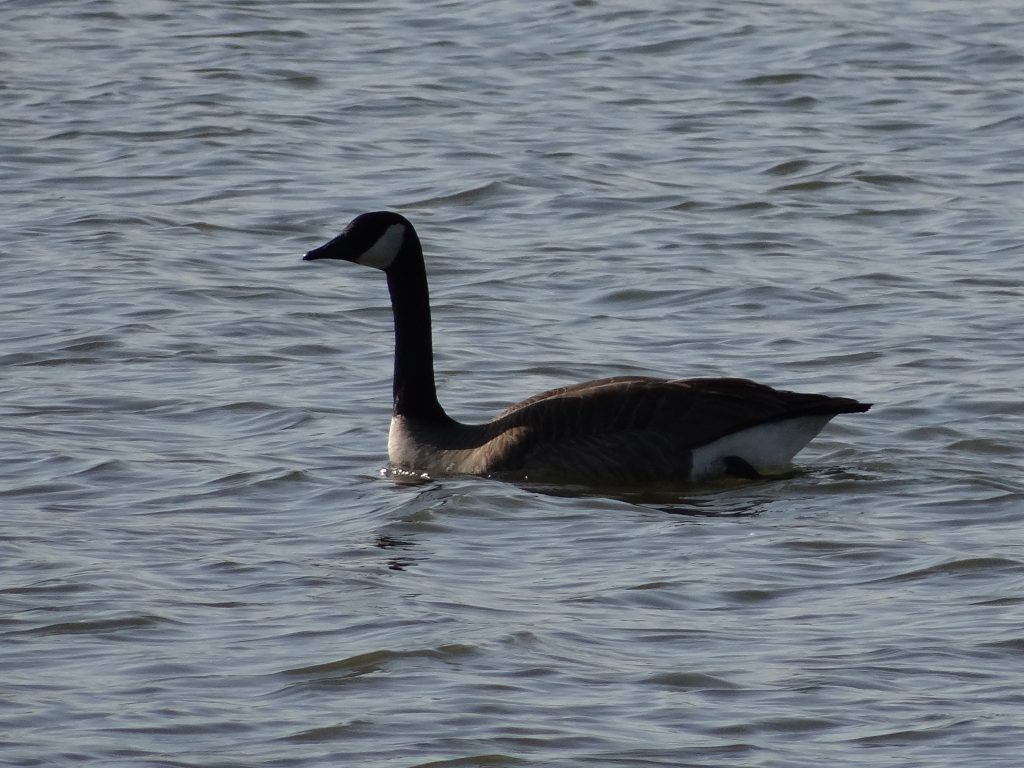When I was kid, I always looked forward to taking a drive with my grandparents during the March thaw to see the spring migration of birds along the Platte River in rural Sarpy County, Nebraska.
We never had to travel very far from our homes in Gretna to see the migrating birds either.
It’s those drives that helped develop my appreciation for birds.
Truth is, you still do not have to venture far at all to enjoy the spectacular spring migration of birds in Nebraska.
Extraordinary spring migration bird-watching awaits you in Nebraska’s public parks, green spaces and waterfront properties, even amid cities and towns, especially during the month of March. Being an urban Omaha, NE resident for many years now, I know this full well.
Remember, for tens of thousands of years, since the end of the last ice age, birds most likely have migrated to and through these areas. Many of these locations are easily accessible by foot, bicycle, bus or are a short trip by motor vehicle. A variety of different birds can be seen at these public sites and the species are ever-changing throughout the year with seasons, weather and migrations. In March, ducks, geese and bald eagles can be frequently seen where there is ample open water.
For example, only a ten-minute drive by car from my house in the Metcalfe Park Neighborhood of mid-town lies one of the best public bird watching spots I know to witness the spring migration — the 300 water-acre Levi Carter/Kiwanis Park complex in the northeastern part of the city.
Referred to as Carter Lake by the locals, it is actually an old, natural, oxbow of the Missouri River that is situated in the shadow of downtown Omaha and adjacent Eppley Airfield.

I know what you’re thinking. Go bird-watching at urban Omaha’s Carter Lake or at the Kiwanis Park Lagoon, really? Come on!
Carter Lake with its close proximity to the Missouri River for bird migration and navigation, along with its topography and habitat diversity, offers a plethora of birds to see, particularly during the month of March as evidenced by my photos on this blog!



Bird-watching during migrations in large cities and extensive metropolitan areas such as Omaha can even be better than many realize and very rewarding. Just because you live in a city or town, don’t think that stops you from finding a surprising amount of bird life on your doorstep!
Here are some quick tips to get you underway in urban bird-watching.
It is about the experience. Immerse yourself in the bird-watching experience by closely watching individual species and their behavior. Really study them and slow your pace. This is where the excitement lies!
Field guide apps for bird ID. As you start seeing birds, you’ll begin wondering what exactly they are. Whether you have an iPhone or an Android, you can utilize apps and carry a virtual shelf of bird books in your pocket or pack. Most of the field guides for bird identification are available as apps and many of them also include sounds.
Go in the morning. My recorded observations show that the morning is often the best time to look for birds in metropolitan areas because there are less people around. In practice, birds can appear at any time of the day, so always expect the unexpected. The fun of urban bird watching is to see how many different species you can identify and capture with photos.
Do not disturb. Visiting bird species have few habitats to utilize in urban areas, and bird-watchers should always respect the birds they encounter and take steps not to disturb them. These feathered, winged creatures are no doubt tired and hungry after their long journeys. Honestly, the last thing they need is to be intentionally or accidentally disturbed causing them to waste energy flying around!
Look up! Birds have wings and practically anything can fly over your head during the spring migration in Nebraska – even in the middle of a metropolis! The problem is that most of us spend our entire lives walking and looking straight ahead, but rarely upward. I think if we tried to look up a bit more in these public spaces we would begin to view more birds!

Take the binocs. It’s amazing the amount of detail you can pick out when looking at a bird from a distance through binoculars. I have a pair of 8 X 40 Minolta Activa binoculars for bird watching that I use, nothing fancy. The intricate plumage colors, the glint in their eyes all add up to vividly bringing the bird you are watching to life.
Go with someone in your household or “bubble.” Consider taking someone with you in your household or “bubble” outside for a bird-watching adventure. It is another set of eyes and ears plus it is safer and more fun with folks you know and trust!
“Patch” birding should not be overlooked. In bird-watching lingo, a “patch” is a local area that’s frequented by bird-watchers. Keep an eye out for like-minded people in local parks and do not be afraid to offer a wave and a gentle “hello” at an appropriate distance. Often, these bird-watchers are willing to offer tips and share information about their experiences. You can learn much from them.
Enjoy the city or community. While viewing migratory birds can be truly outstanding in a city or community environment at a public park, one should not discount visiting the other nearby attractions. It could be as simple as grabbing a cup of hot or iced coffee and a fresh pastry or bagel at local coffee shop while letting the folks there know about the enjoyment that migratory birds bring to the area. This can also raise awareness about how important migratory birds can be to tourism.







So you see, bird-watching in urban areas like the Carter Lake/Kiwanis Park complex is an easy-to-do adventure. I have learned that urban locations such as this one may even rival those in the countryside when it comes to numbers of stopover birds.
The message here is simple: Don’t overlook what may lie just beyond your house in a public space for some great migratory bird-watching. I know I have thoroughly enjoyed my Marzo mañanas (March mornings in Spanish) watching and photographing birds at Omaha’s Levi Carter/Kiwanis Park.

What phenomenal March bird-watching spots will you discover near your home?
To get started with information about wildlife viewing in Nebraska, click here.
Happy March bird watching!

The post March Means Migration Near You (Even in the City) appeared first on Nebraskaland Magazine.















